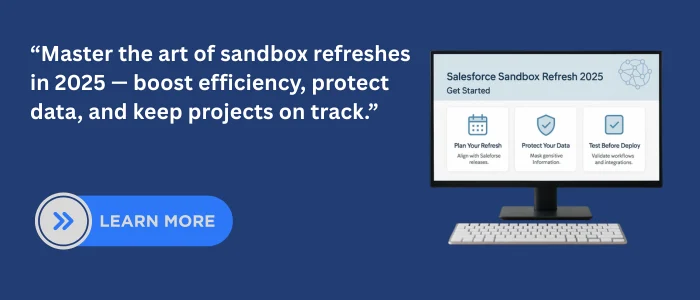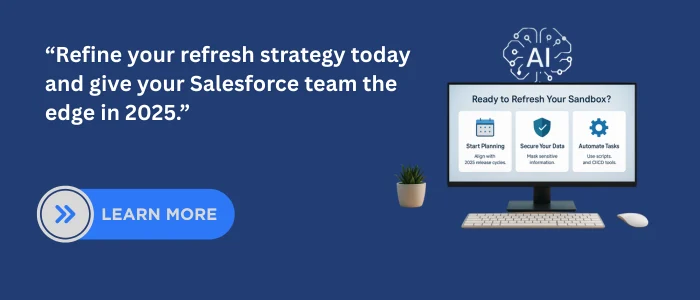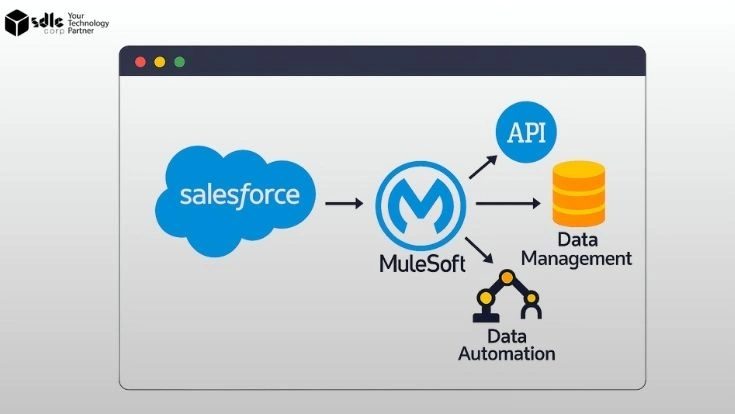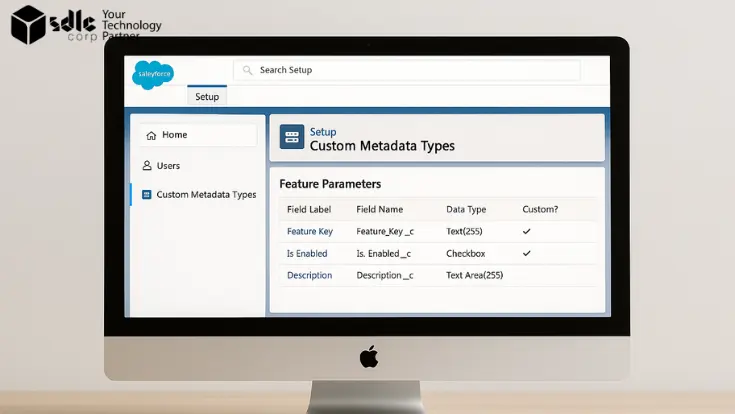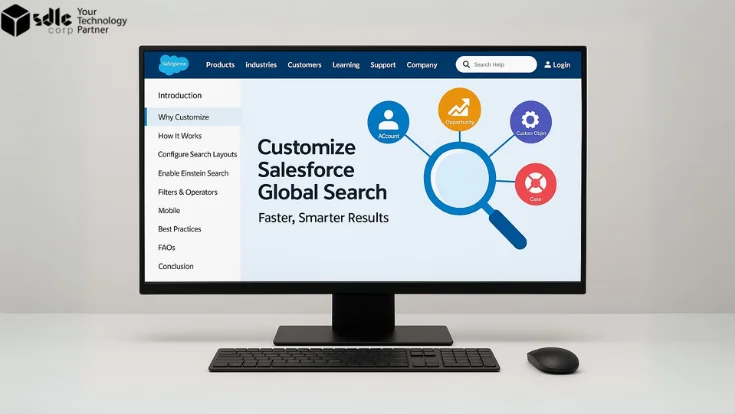Introduction
A Salesforce Sandbox refresh is more than just an administrative task; it’s a critical step in keeping your development and testing environments aligned with production. In 2025, with stricter compliance requirements, faster Salesforce release cycles, and more complex integration networks, having a robust refresh process is essential for maintaining system stability, ensuring data security, and enabling faster deployments. For organizations running complex automations, leveraging Salesforce integration services ensures that refreshes align with connected systems and business processes.
This guide outlines Salesforce Sandbox refresh best practices for 2025, including pre-refresh planning, execution steps, and post-refresh hardening—all tailored to current platform updates and compliance expectations.
1. Why Sandbox Refresh Best Practices Matter in 2025
- Compliance Pressure: GDPR(General Data Protection Regulation), CPRA(California Privacy Rights Act), and other privacy laws demand stricter controls over non-production data.
- Integration Complexity: Most Salesforce orgs are connected to ERP(Enterprise Resource Planning), marketing automation, and analytics systems.
- Release Cadence: Salesforce’s three major releases per year (Spring, Summer, Winter) require more frequent testing.
Poorly planned refreshes can lead to:
- Loss of undeployed changes
- Integration failures
- Exposure of sensitive data
- UAT delays and project overruns

2. Types of Salesforce Sandboxes
| Sandbox Type | Refresh Interval | Data Volume | Use Case |
|---|---|---|---|
| Developer | 1 day | Minimal | Code testing, isolated development |
| Developer Pro | 1 day | Larger | Extended dev work with more storage |
| Partial Copy | 5 days | Subset | Targeted feature or integration testing |
| Full Copy | 29 days | Full | UAT, performance testing, staging |
3. Planning Your 2025 Sandbox Refresh Calendar
A refresh should never be random. Align it with:
- Salesforce Preview Windows: Avoid refreshing during the final days before a seasonal preview if you want to test upcoming features.
- Release Cycles: Plan refreshes shortly after production updates to keep environments current.
- Change Freeze Periods: Implement a freeze before refresh to avoid losing in-progress work.
Pro Tip: Maintain a shared refresh calendar in your project management tool, with:
- Cut-off dates for development work
- Preview org deadlines (from Salesforce Help)
- Buffer days for post-refresh fixes
4. Pre-Refresh Checklist

Before triggering a refresh:
1. Back Up Data & Metadata
- Export metadata via Salesforce CLI (Command Line Interface) or a backup tool.
- For Full or Partial Copy, take data snapshots.
2. Audit Integrations
- List all connected systems and note authentication details.
- Save API keys and endpoint URLs.
3. Review User Access & Email Settings
- Set email deliverability to System Email Only.
- Identify who needs sandbox access immediately after refresh.
4. Document Configuration Settings
- Record critical org-level settings, feature toggles, and licenses.
5. Executing the Refresh

1. Choose the Correct Template
Use a Sandbox Template for Partial or Full Copy environments to precisely control which objects and records are copied, ensuring only relevant test data is included.
2. Start During Off-Peak Hours
Initiate the refresh during low-usage times to reduce queue delays, improve processing speed, and avoid impacting active development or testing work.
3. Monitor the Refresh Queue
Regularly check the refresh progress in Setup → Sandboxes to spot delays early and ensure the environment is ready when planned.
4. Apply Data Masking Before Release to Users
Mask personally identifiable information (PII) and sensitive fields using Salesforce Data Mask or third-party tools before granting user access, to maintain compliance and data security.
6. Post-Refresh Hardening

- Update tokens, endpoints, and authentication settings to restore all connected systems.
- Turn on Scheduled Apex, Workflow Rules, Flows, and Process Builder processes to resume automation.
- Validate that all critical business processes and system functionalities work as expected post-refresh.
- Confirm that the right people have the correct roles, profiles, and access in the sandbox.
7. Automation Opportunities

SandboxPostCopy Scripts Can:
- Reassign users to correct roles/profiles
- Recreate custom settings and metadata
- Seed data for testing
CI/CD Tool Integrate with tools like Gearset, Copado, or Jenkins to make refreshes repeatable and error-free.
8. Governance & RACI

Assign Ownership
- Admin: Trigger refresh, manage access
- Developer: Code and integration validation
- QA: Regression testing
- Security Officer: Data masking verification
9.Troubleshooting Playbook
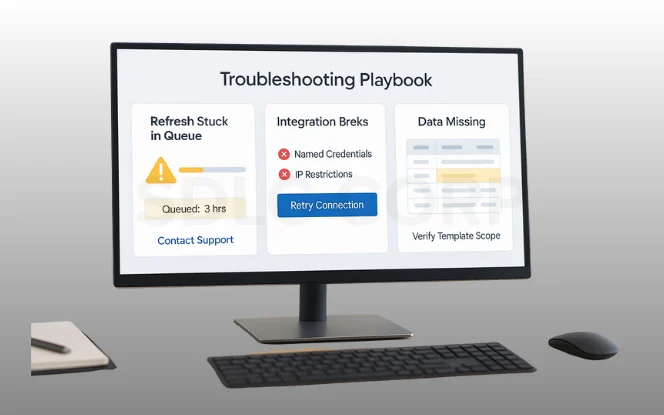
Troubleshooting Common Issues
- Refresh Stuck in Queue: Contact Salesforce Support if it exceeds normal processing time.
- Integration Breaks: Check Named Credentials and IP restrictions.
- Data Missing: Verify template scope and retry if necessary.
10. 2025 Preview Calendar Example
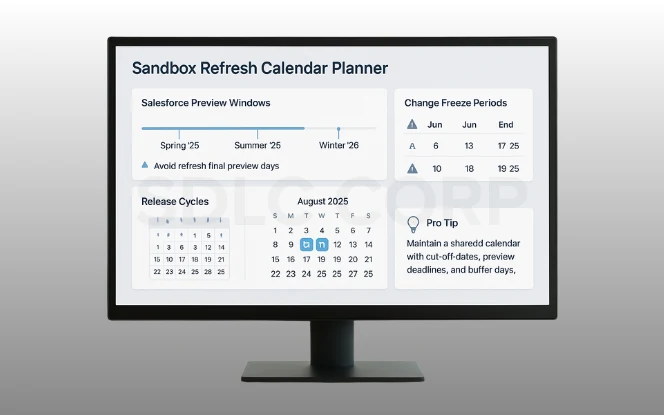
Salesforce Release Schedule 2025–26
| Release | Preview Org Cut-Off | Preview Start | Production Release |
|---|---|---|---|
| Spring ’25 | Jan 2, 2025 | Jan 3, 2025 | Feb 9, 2025 |
| Summer ’25 | May 2, 2025 | May 3, 2025 | June 14, 2025 |
| Winter ’26 | Sept 4, 2025 | Sept 5, 2025 | Oct 11, 2025 |
Dates based on Salesforce Help guidance; verify each year.
Conclusion
A well-managed Salesforce Sandbox refresh process gives your team the confidence to develop, test, and deploy without setbacks. In 2025, this means going beyond simple refreshes and adopting a structured, security-first, automation-supported approach.
By aligning your refreshes with Salesforce’s release schedule, masking sensitive data, automating setup tasks, and validating integrations immediately, you protect your data and your delivery timelines. Partnering with expert Salesforce managed services ensures every refresh aligns with compliance and operational needs.
As Salesforce evolves, your refresh strategy must too. The practices outlined here are designed to help you stay compliant, efficient, and prepared for anything the platform throws at you this year. For deeper support, explore our Salesforce implementation and support.
Related Blogs You Should Explore:
FAQ's
1. What Is The Salesforce Sandbox Refresh Process?
2. How Often Should I Refresh My Salesforce Sandbox In 2025?
Your refresh frequency depends on sandbox type and your Salesforce Sandbox management strategy:
- Developer / Developer Pro: Every 1 day
- Partial Copy: Every 5 days
- Full Copy: Every 29 days
For 2025, align refreshes with Salesforce release cycles to test new features early and maintain stability.
3. Why Is Data Masking Important In A Salesforce Sandbox Refresh?
4. What Should Be Included In a Salesforce Sandbox Best Practices Checklist?
A Salesforce Sandbox best practices checklist should include:
- Backing up data and metadata
- Selecting the correct template
- Scheduling during off-peak hours
- Monitoring the refresh queue
- Applying data masking
- Validating integrations and workflows post-refresh

